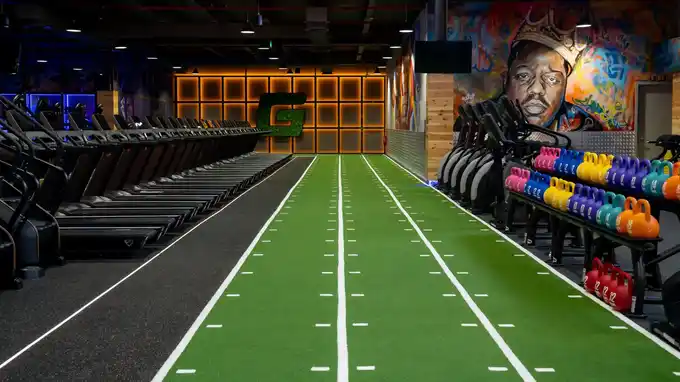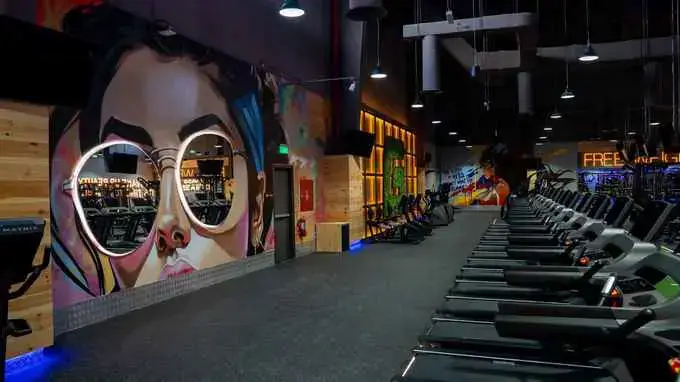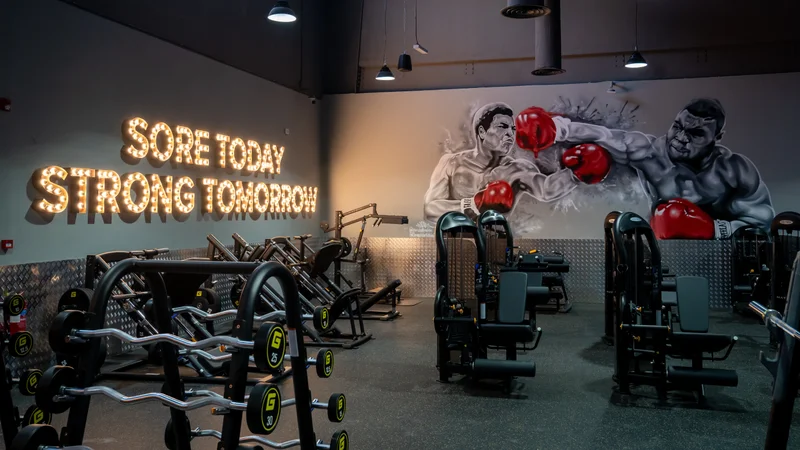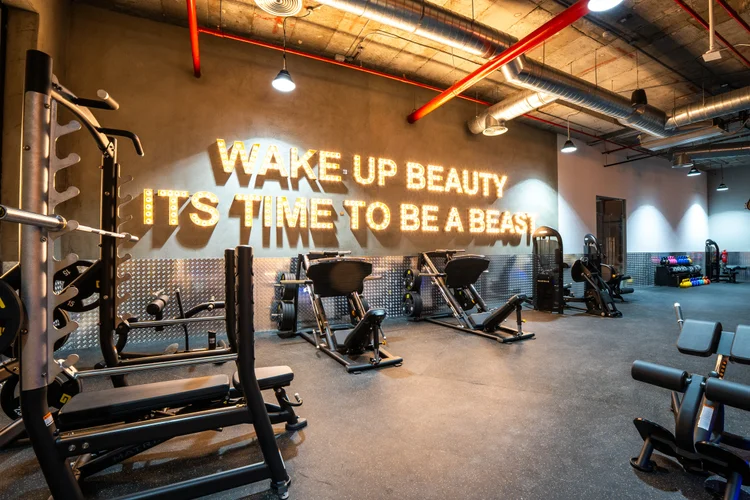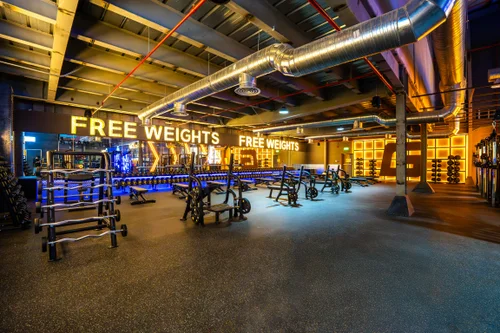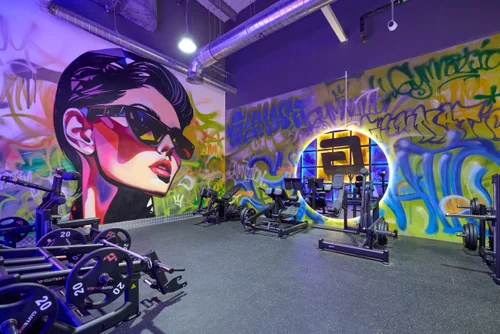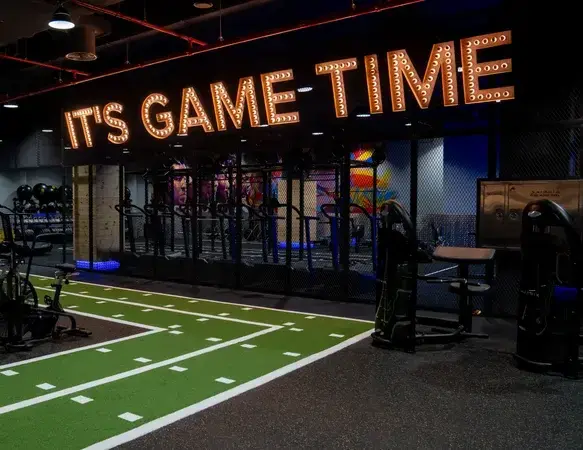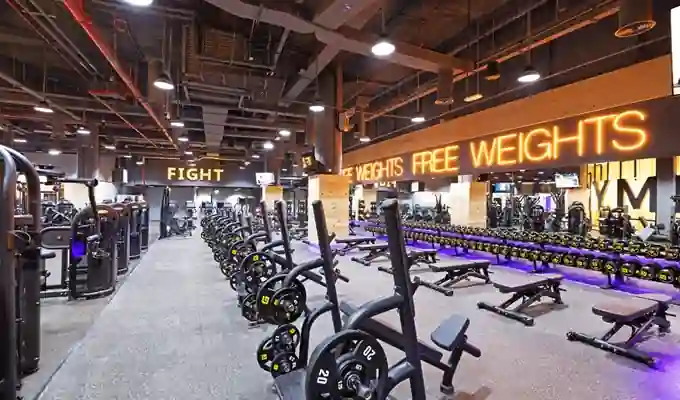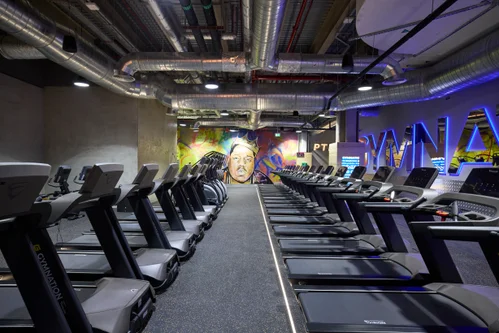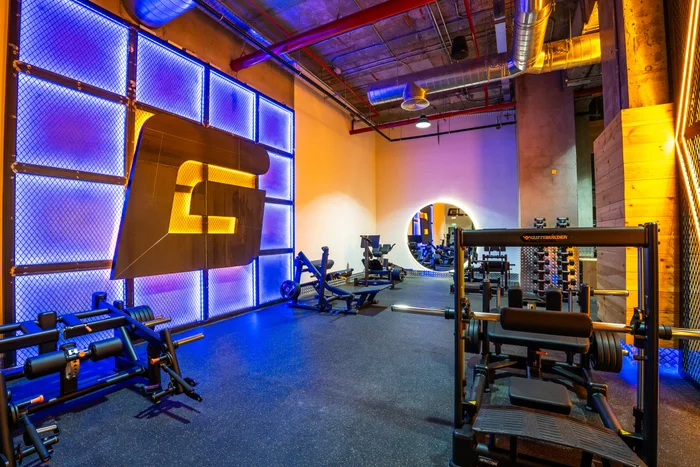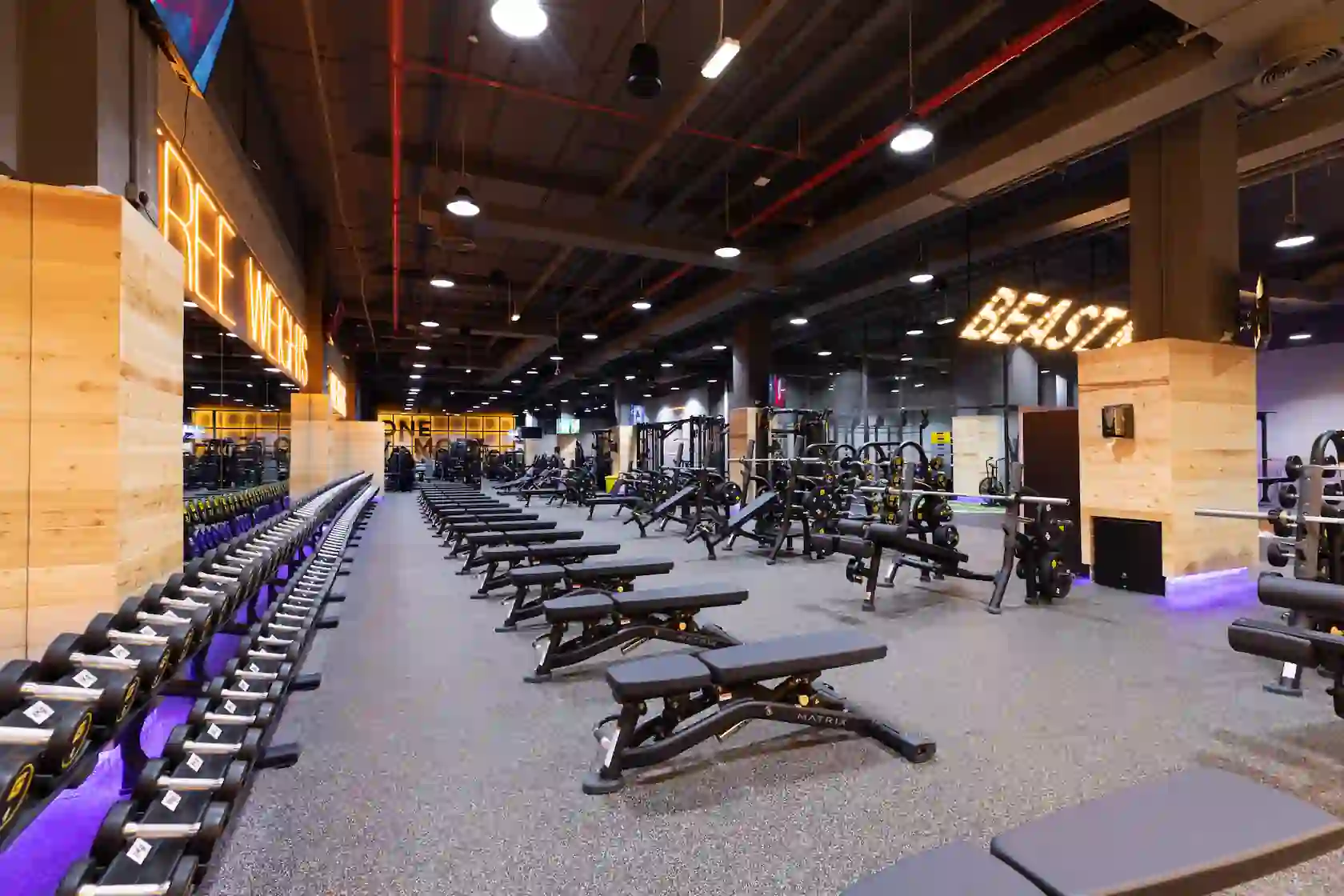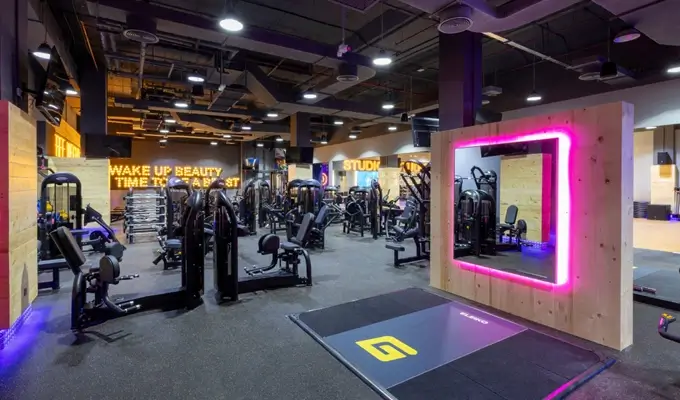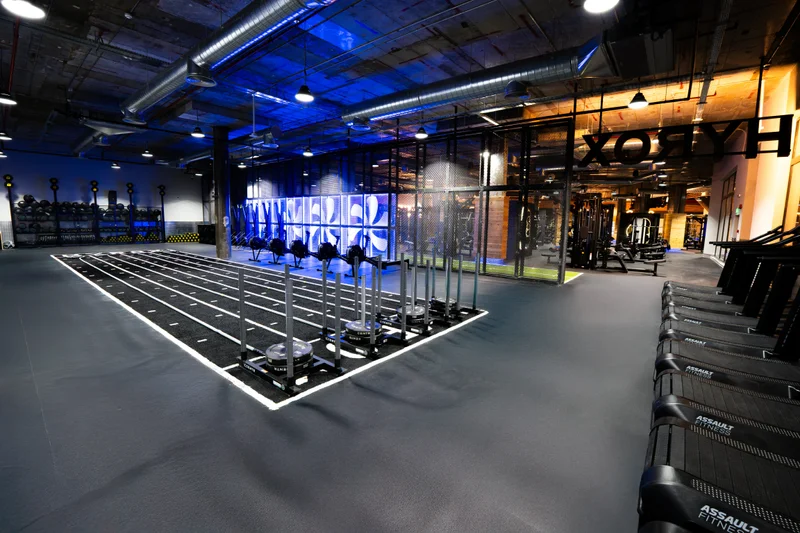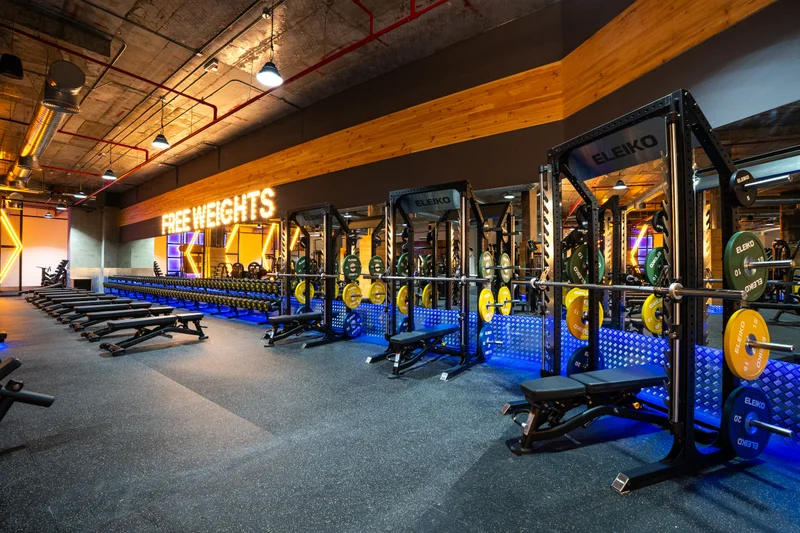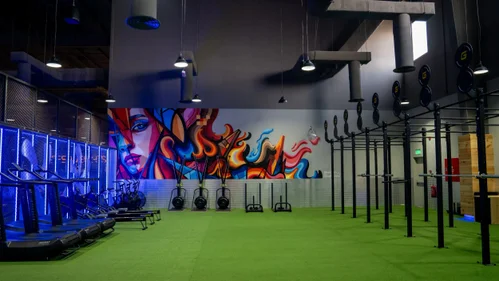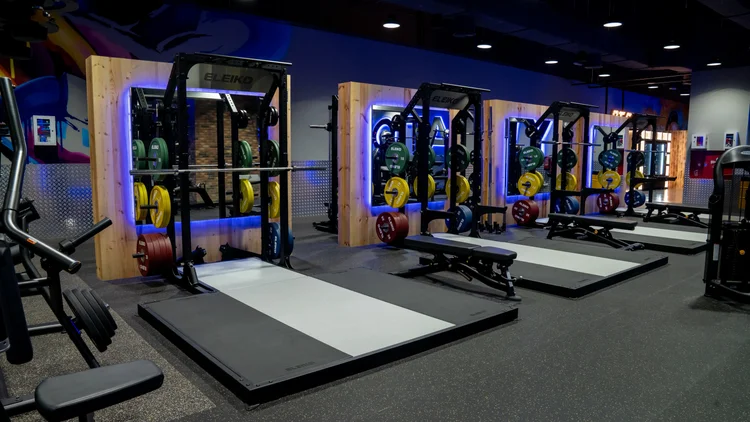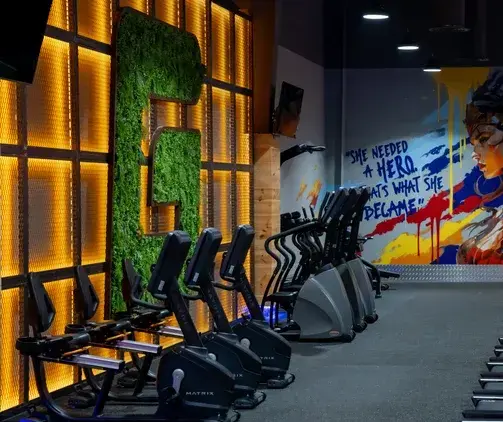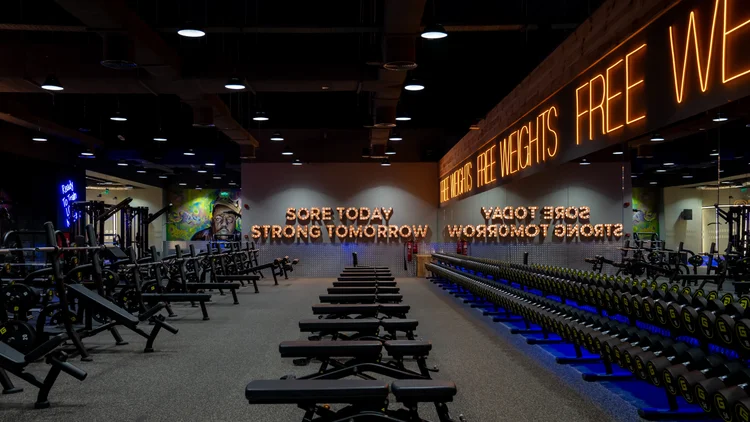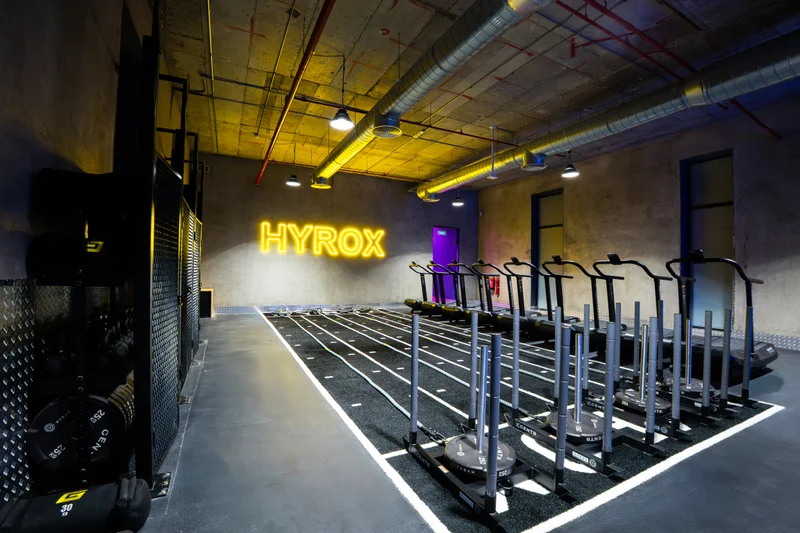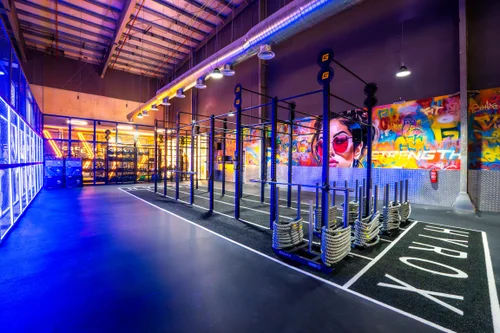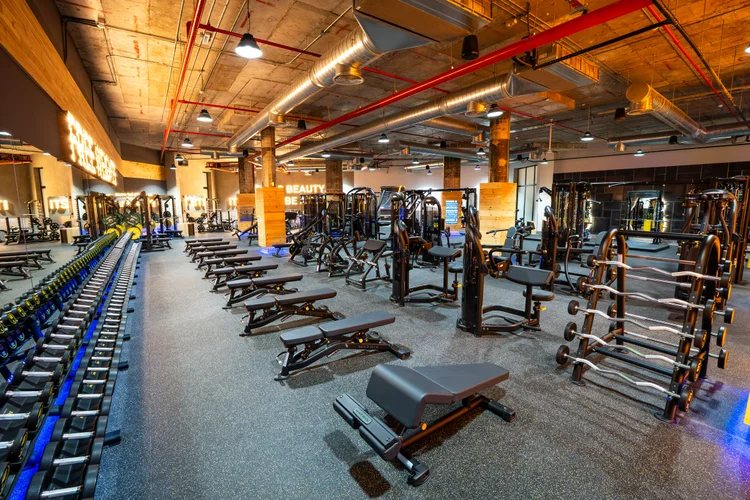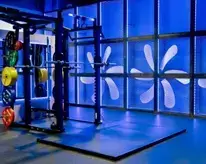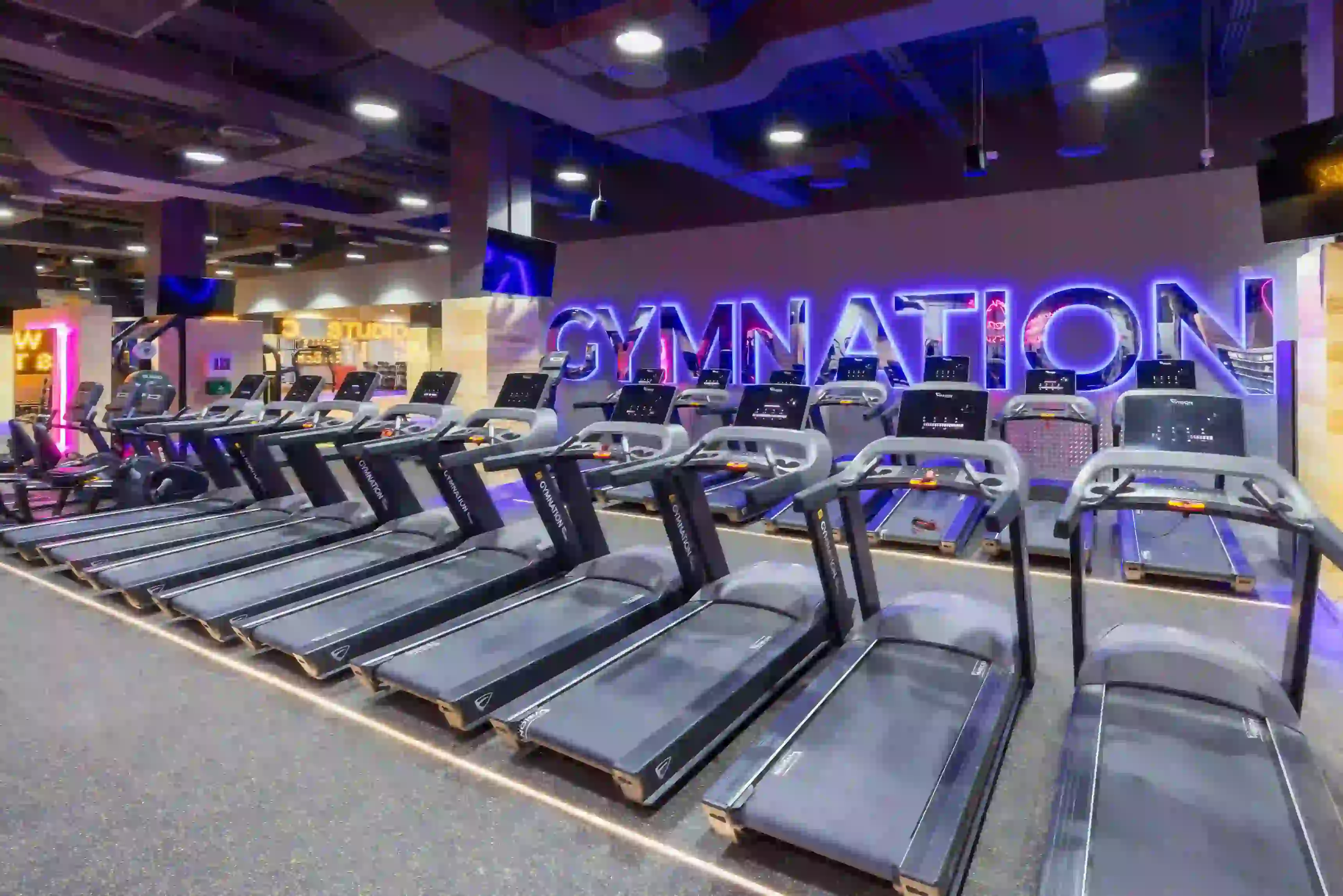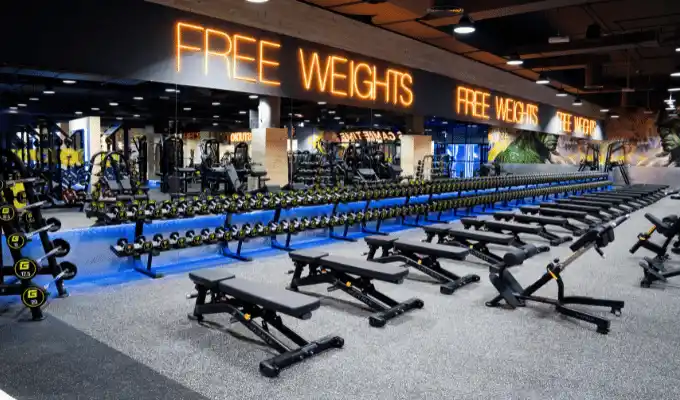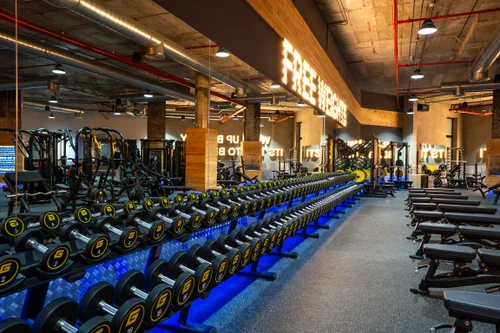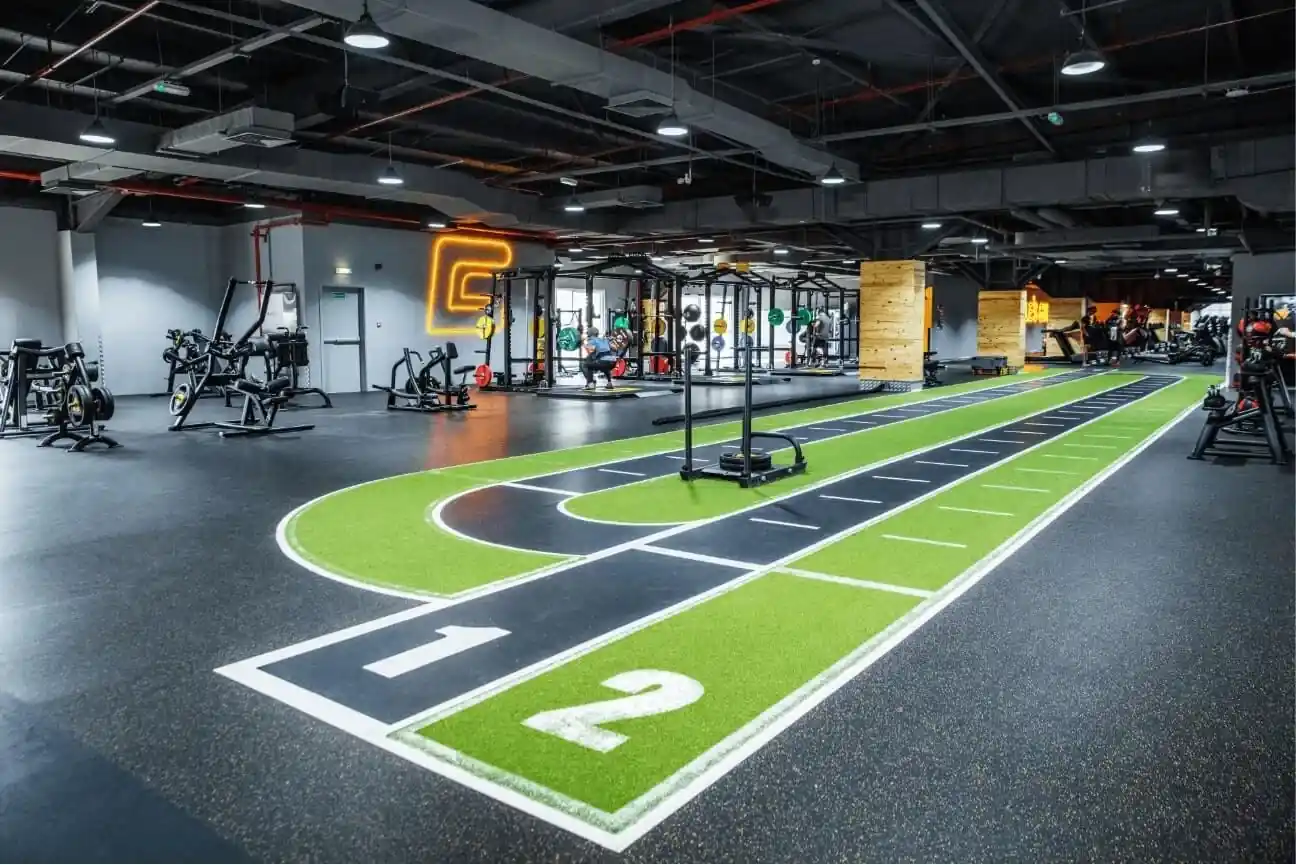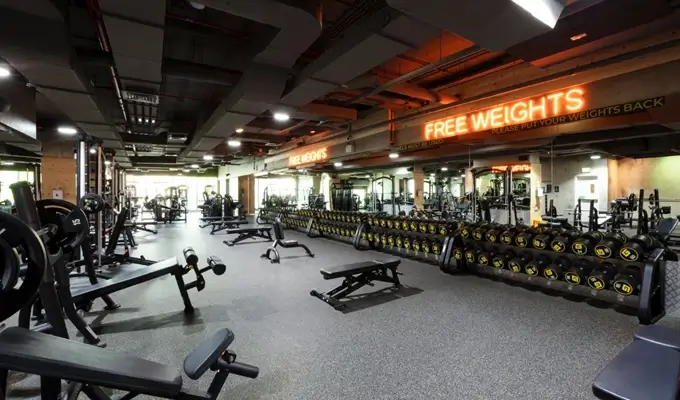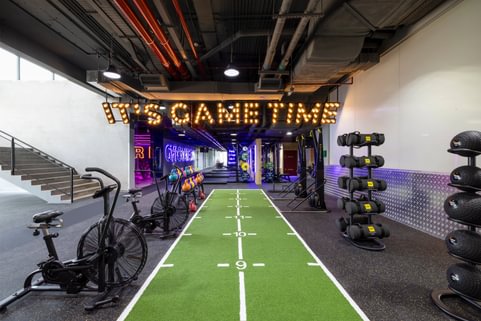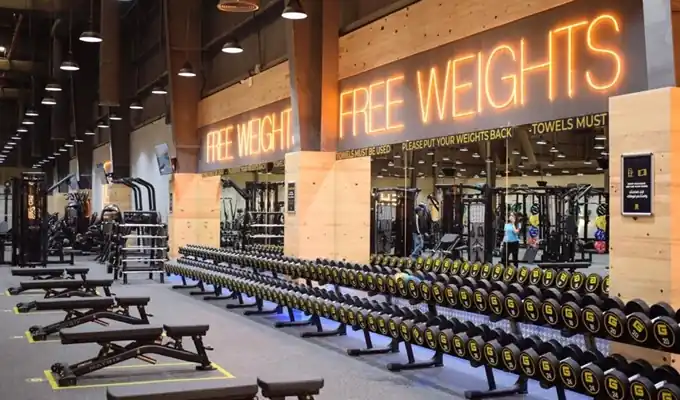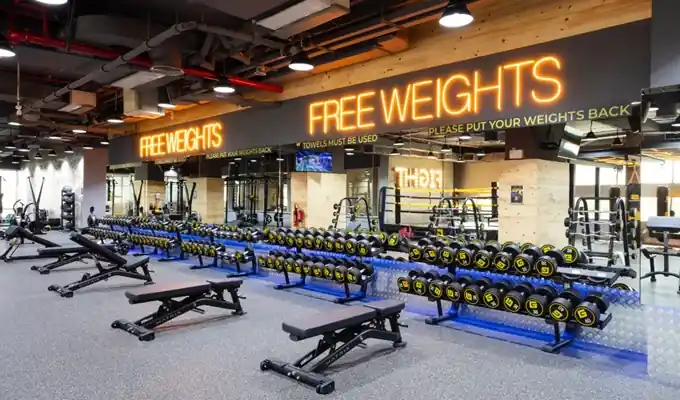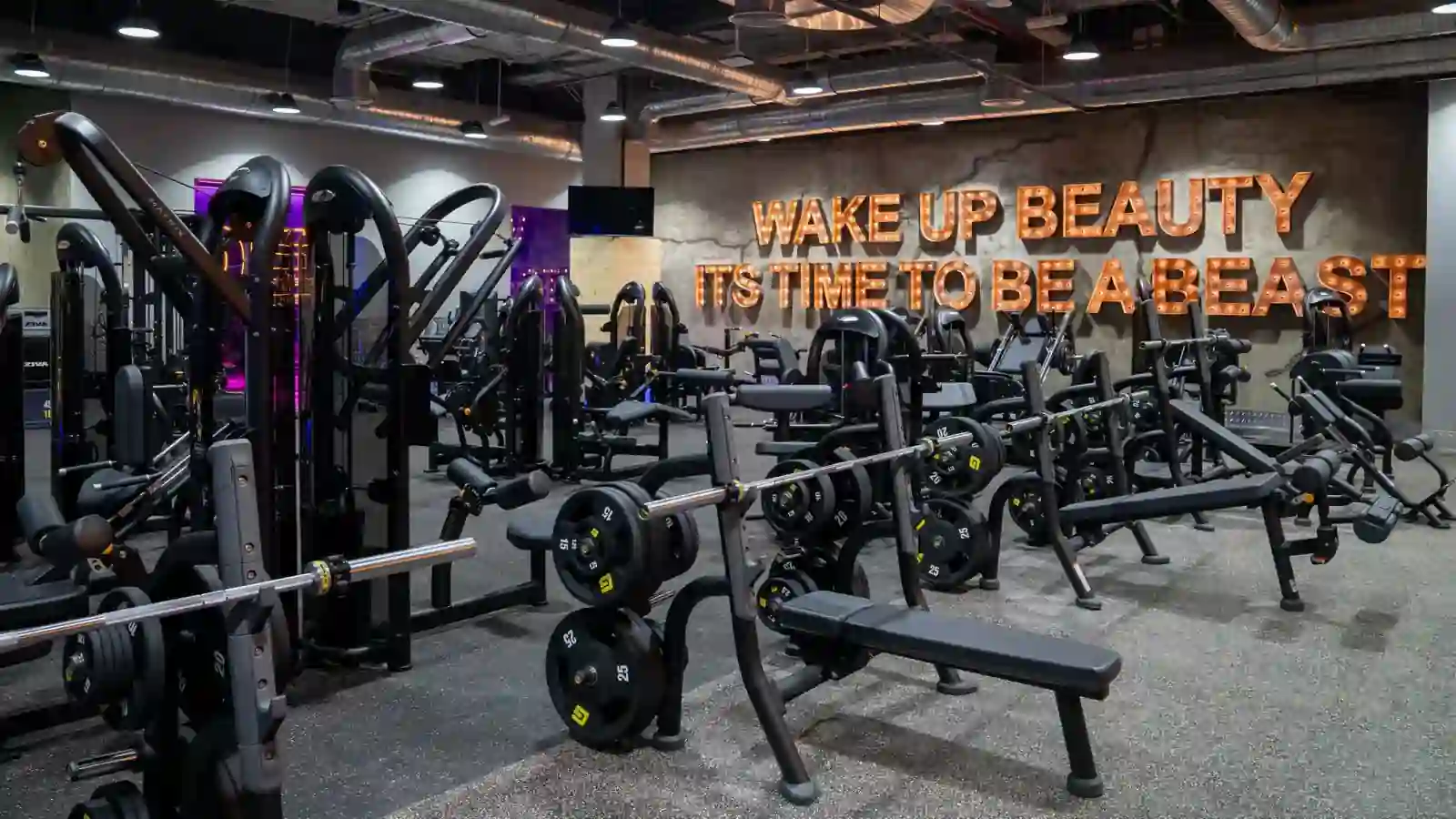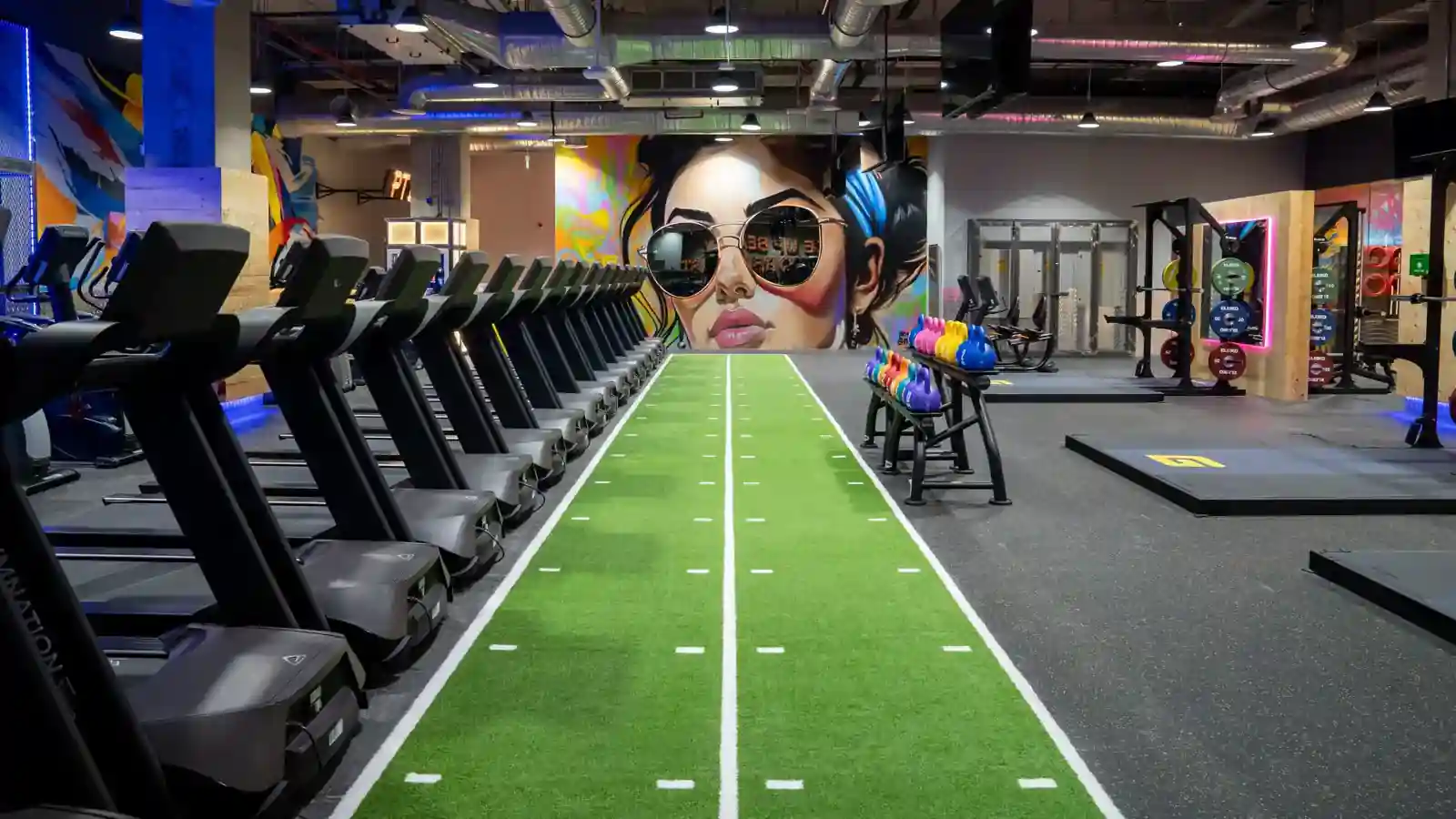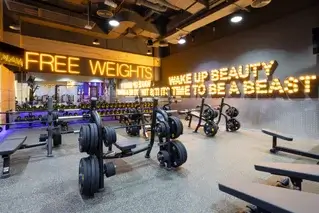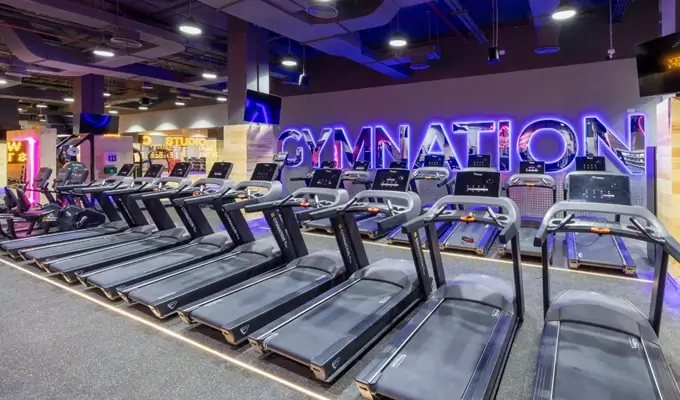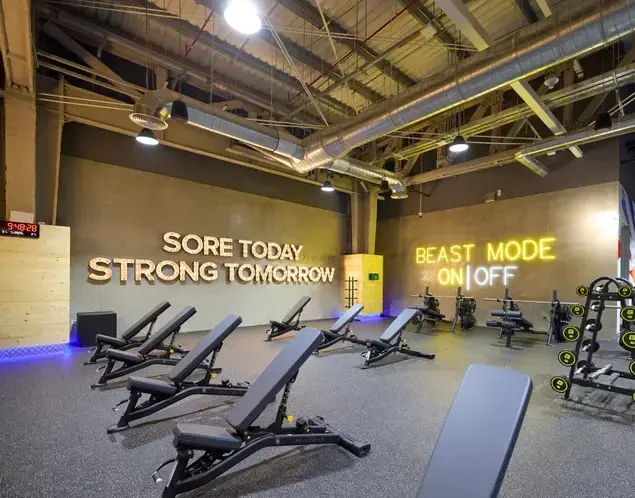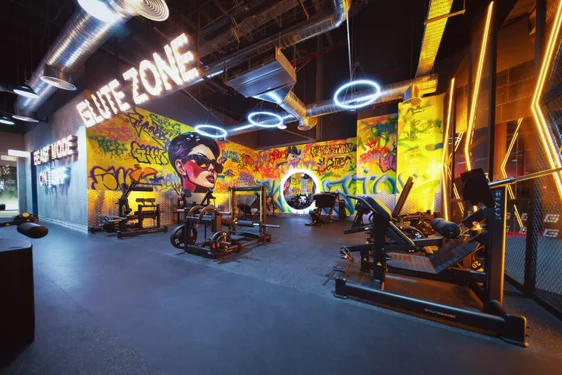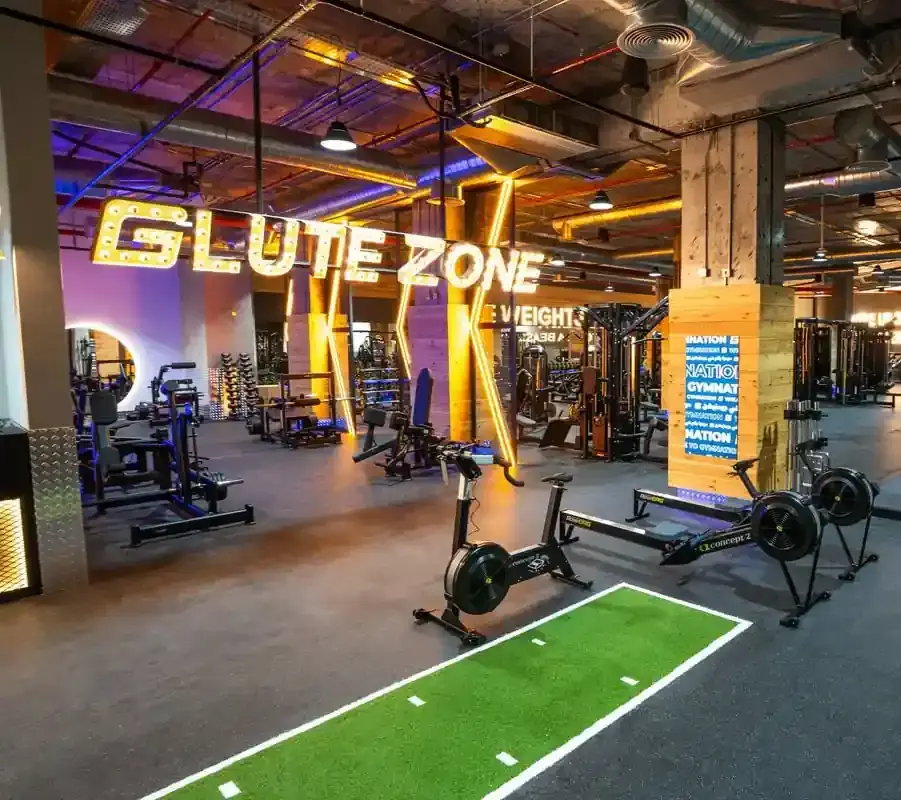HIIT Workouts: The Ultimate Fitness Boost
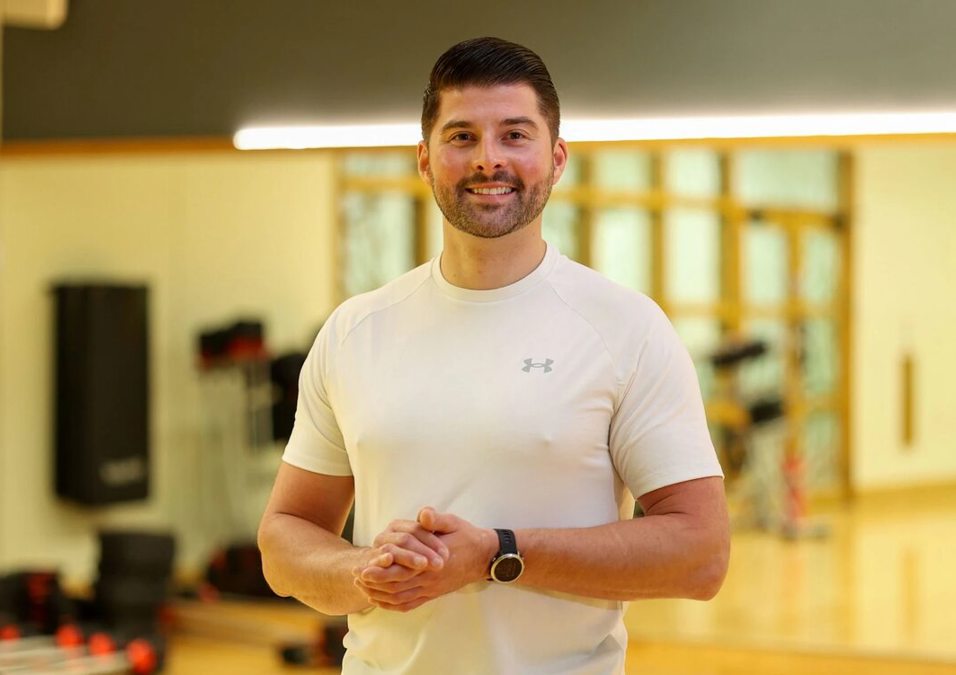
SIGN UP FOR YOUR FREE DAY PASS TODAY!
The best time for a high-intensity interval training (HIIT) session might be right after that marathon video call or a squabble about chores.
HIIT feeds on focus and fire—short, all-out bursts with brief rests that leave you exhausted in the best way. It’s efficient, effective, and demanding.
You’ll want a health check if you have concerns, good shoes, and a hot shower afterward.
What is HIIT?
HIIT alternates tough, short efforts with recovery periods so you can repeatedly hit near-maximum output. Sessions are brief but potent and can be tailored to your fitness level.
To get real improvements in heart and lung capacity, intensity matters.
How hard is “hard enough”?
According to Samuel Quinn, personal training lead at Nuffield Health, you should aim for about 90% of maximum effort.
Use perceived exertion: it should feel really hard. What’s intense for you will differ from an elite athlete—your max is your reference.
Who should (and shouldn’t) do HIIT?
- Not advised for those with heart conditions unless medically cleared.
- Beginners can ease in: learn the rhythm of work/rest first, then build intensity.
- Start with a 1:2 work-to-rest ratio—20 seconds on, 40 seconds off—begin with five rounds and build to 10.
- Progress gradually by increasing speed, incline, or resistance as fitness improves.
Is HIIT safe for older adults?
Yes—when medically cleared. Research from Donvale Rehabilitation Hospital (Australia) suggests no higher rate of serious cardiac events or injuries compared with moderate-intensity exercise.
Why HIIT works: Benefits
- Time-saving: Delivers a strong calorie burn and training effect in less time than steady-state cardio.
- Cardiorespiratory gains: One of the most effective ways to improve VO2 max, which is linked to overall health and longevity.
- Mental health boost: Meta-analyses show moderate improvements in mood and mental well-being, likely due to mastery and neurochemical benefits.
- Blood sugar control: Studies show HIIT can improve insulin sensitivity by about 20% the day after a training block.
- Cognitive perks: Research indicates small improvements in processing speed, executive function, and memory.
Popular HIIT formats
- 4x4 Norwegian: Four rounds of 4 minutes at 85–95% effort, with 3-minute recoveries. Choose simple, rhythmic cardio like running or cycling.
- Tabata: 20 seconds on, 10 seconds off, for 8 rounds at 85–95% effort—short and savage.
- 20:40 x 10: 20 seconds hard, 40 seconds rest, for 10 rounds—great for beginners building intensity.
- EMOM (every minute on the minute): Do a set number of reps, rest for the remainder of the minute, repeat.
 Poll
PollWhat's your go-to workout time?
35-minute home HIIT by Samuel Quinn (no equipment)
Perform each for 20 seconds, rest 40 seconds. Complete all seven moves; repeat the circuit up to 4–5 times.
1) Squats: Feet shoulder-width, sit back, drive up powerfully.
2) Push-ups: Hands under shoulders, chest to just above floor, body in a straight line.
3) Lunges: Step forward, lower under control, alternate legs.
4) Plank: Elbows under shoulders, body straight, core tight (static hold).
5) Burpees: Drop to push-up, pop to squat, optional jump at the top.
6) High-knee running: Drive knees to hip height; use hands as targets.
7) Mountain climbers: High plank; alternate knees to chest quickly.
Bottom line
HIIT is hard by design—and that’s why it works. Keep sessions short, intensity high, technique clean, and recovery solid.
Start conservatively, build gradually, and you’ll see big gains in less time.
Source: telegraph
The opinions shared in the GymNation blog articles are solely those of the respective authors and may not represent the perspectives of GymNation or any member of the GymNation team.
HIIT FAQs
How many days per week?
Beginners: 1–2 sessions. Fitter athletes can do more but should allow at least one recovery day between HIIT workouts. HIIT taxes the central nervous system—avoid back-to-back days.
Is HIIT better than cardio?
HIIT is cardio—just more intense and time-efficient. It can burn more calories quickly but may require more recovery, which can affect your overall weekly training.
Does HIIT burn fat?
It can—if you’re in a calorie deficit. For example, repeated treadmill sprints might burn ~400 calories in 20 minutes, comparable to an hour of brisk incline walking. Fat loss still depends on overall energy balance.
GET YOUR FREE TRIAL TODAY




















